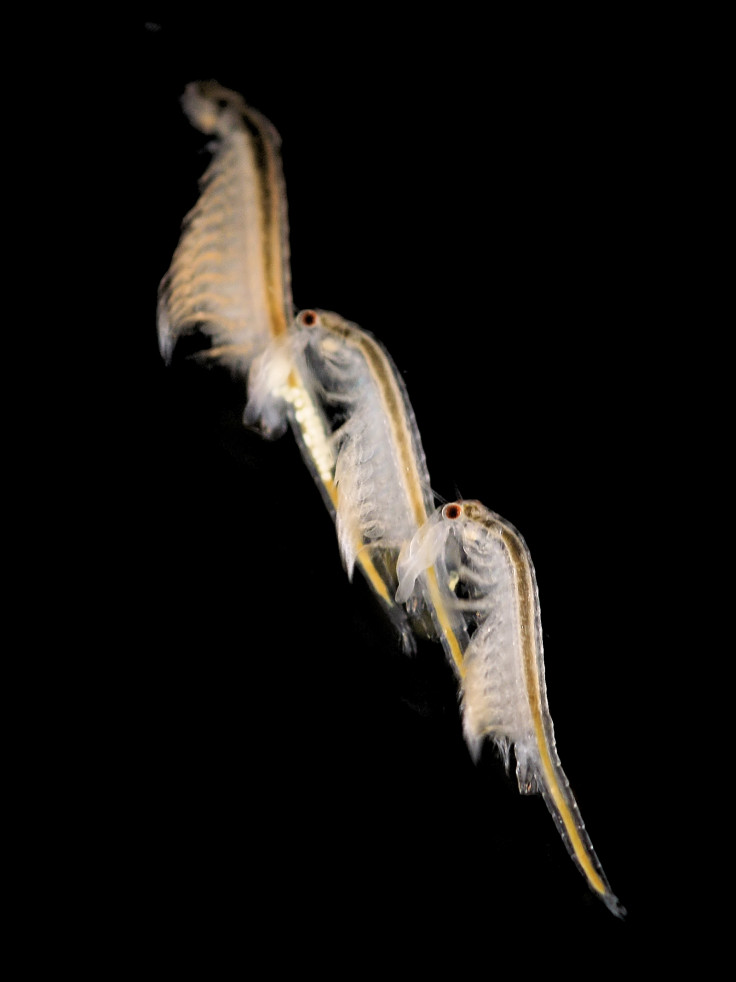Sea Monkeys 'Make Massive Currents in the Ocean'

Sea monkeys could have the ability to create huge ocean currents similar to the wind and the tide, suggesting that living organisms may play a bigger part in the way the ocean moves than previously thought.
This means that they could contribute a trillion watts of power to the ocean.
In a study by the California Institute of Technology, it was found that if two or more sea monkeys - also known as brine shrimp or Artemia salina - move together, it's possible that the fluid force will be so great it could alter the flow of the water.
"This research suggests a remarkable and previously unobserved two-way coupling between the biology and the physics of the ocean: the organisms in the ocean appear to have the capacity to influence their environment by their collective swimming," said researcher John Dabiri.
Sea monkeys demonstrate phototaxis, an attraction to light, and migrate upwards in response to changing light conditions. They go closer to the surface of the water at night, and move back down into the ocean depths during the day.

Researchers used lasers to guide the small creatures around a large water tank and simulate vertical migration patterns.
Scientists used a blue laser rising up the side of tank to move the plankton up, and a green one positioned above the tank to get them centred.
Microscopic silver-coated glass spheres, were mixed into the water so that the water's movement could be captured on high-speed camera.
Water currents are responsible for distributing salts, nutrients and heat, throughout the oceans. This has previously thought to have been the work of the wind and the tide, but this new research suggests that living organisms could be contributing, too.
"If similar phenomena occur in the real ocean, it will mean that the biomass in the ocean can redistribute heat, salinity and nutrients," said Dabiri.
The scientists now hope to take their research further, replicating their experiment in a tank where the water increases in density with depth and imitates the ocean.
© Copyright IBTimes 2025. All rights reserved.





















